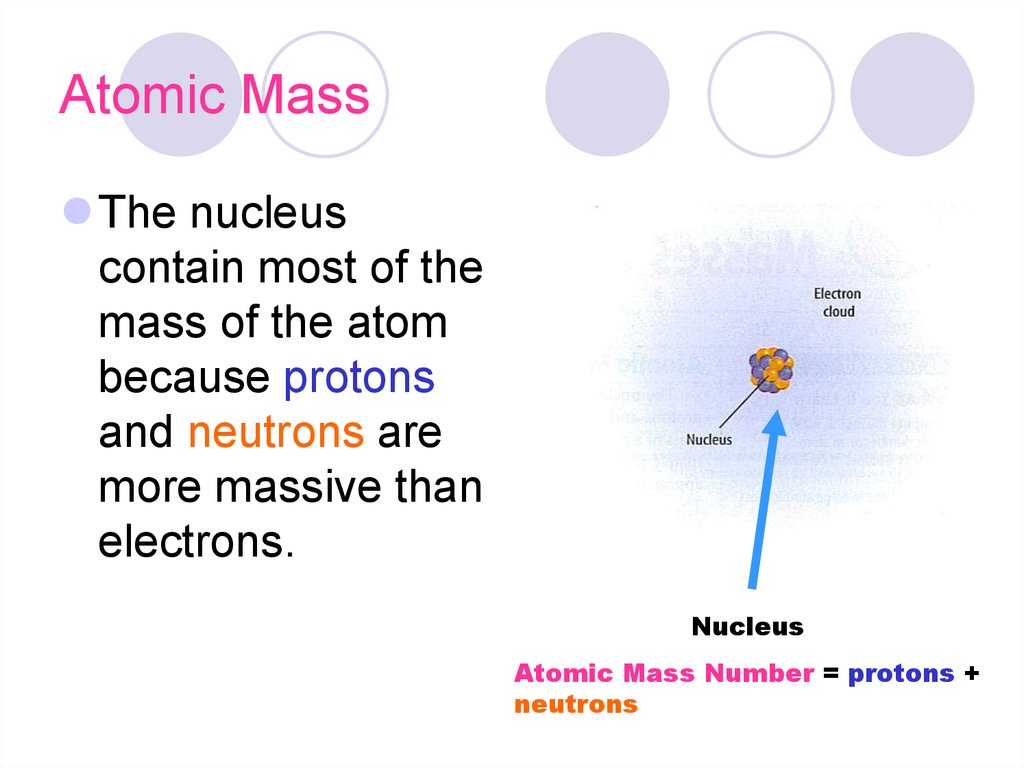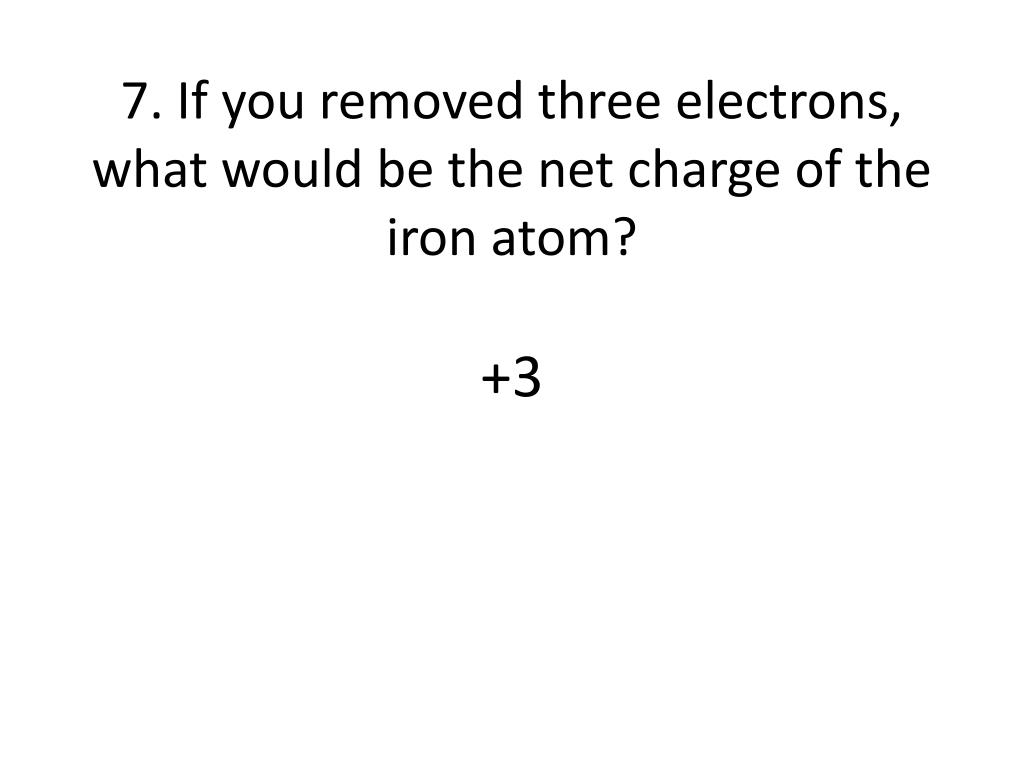

How many protons and neutrons does it contain, and what is its charge? Ĭheck Your LearningAn ion of platinum has a mass number of 195 and contains 74 electrons. Since the iodine is added as a 1− anion, the number of electrons is 54. Because the sum of the numbers of protons and neutrons equals the mass number, 127, the number of neutrons is 74 (127 − 53 = 74). SolutionThe atomic number of iodine (53) tells us that a neutral iodine atom contains 53 protons in its nucleus and 53 electrons outside its nucleus. Determine the numbers of protons, neutrons, and electrons in one of these iodine anions. The iodine atoms are added as anions, and each has a 1− charge and a mass number of 127. The addition of small amounts of iodine to table salt (iodized salt) has essentially eliminated this health concern in the United States, but as much as 40% of the world’s population is still at risk of iodine deficiency. (credit a: modification of work by “Almazi”/Wikimedia Commons credit b: modification of work by Mike Mozart) (b) The addition of small amounts of iodine to salt, which prevents the formation of goiters, has helped eliminate this concern in the US where salt consumption is high. (a) Insufficient iodine in the diet can cause an enlargement of the thyroid gland called a goiter. A neutral oxygen atom (Z = 8) has eight electrons, and if it gains two electrons it will become an anion with a 2− charge (8 − 10 = 2−). If this atom loses one electron, it will become a cation with a 1+ charge (11 − 10 = 1+). For example, a neutral sodium atom (Z = 11) has 11 electrons. Positively charged atoms called cations are formed when an atom loses one or more electrons. An atom that gains one or more electrons will exhibit a negative charge and is called an anion. The charge of an atom is defined as follows:Ītomic charge = number of protons − number of electronsĪs will be discussed in more detail later in this chapter, atoms (and molecules) typically acquire charge by gaining or losing electrons. When the numbers of these subatomic particles are not equal, the atom is electrically charged and is called an ion. (This isotope is known as “carbon-12” as will be discussed later in this module.) Thus, one amu is exactly \(\frac\)Ītoms are electrically neutral if they contain the same number of positively charged protons and negatively charged electrons.

Since 1961, it has been defined with regard to the most abundant isotope of carbon, atoms of which are assigned masses of exactly 12 amu. The amu was originally defined based on hydrogen, the lightest element, then later in terms of oxygen. When describing the properties of tiny objects such as atoms, we use appropriately small units of measure, such as the atomic mass unit (amu) and the fundamental unit of charge (e). For example, a carbon atom weighs less than 2 \(×\) 10 −23 g, and an electron has a charge of less than 2 \(×\) 10 −19 C (coulomb). (credit middle: modification of work by “babyknight”/Wikimedia Commons credit right: modification of work by Paxson Woelber)Ītoms-and the protons, neutrons, and electrons that compose them-are extremely small. If an atom could be expanded to the size of a football stadium, the nucleus would be the size of a single blueberry.

For a perspective about their relative sizes, consider this: If the nucleus were the size of a blueberry, the atom would be about the size of a football stadium ( ). The diameter of an atom is on the order of 10 −10 m, whereas the diameter of the nucleus is roughly 10 −15 m-about 100,000 times smaller. The nucleus contains the majority of an atom’s mass because protons and neutrons are much heavier than electrons, whereas electrons occupy almost all of an atom’s volume. It was learned that an atom contains a very small nucleus composed of positively charged protons and uncharged neutrons, surrounded by a much larger volume of space containing negatively charged electrons. The development of modern atomic theory revealed much about the inner structure of atoms. Calculate average atomic mass and isotopic abundance.Define the atomic mass unit and average atomic mass.Write and interpret symbols that depict the atomic number, mass number, and charge of an atom or ion.By the end of this section, you will be able to:


 0 kommentar(er)
0 kommentar(er)
